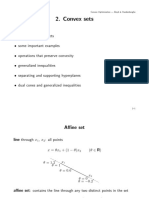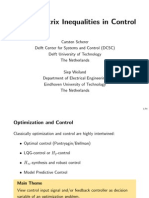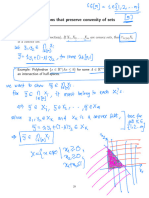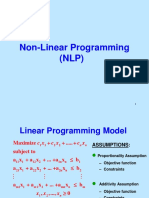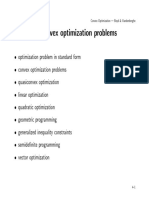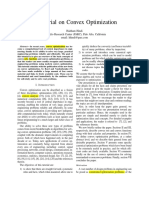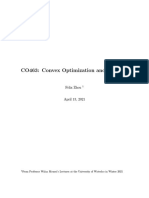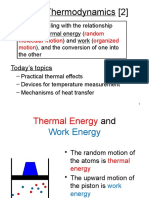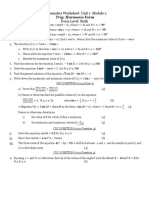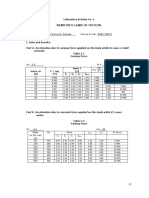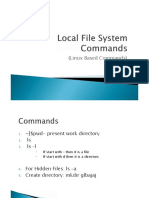0% found this document useful (0 votes)
132 views24 pages(Laurent Lessard) Convex Programming
Slides from Prof. Laurent Lessard,
Convex Programming (Convex Optimization)
#optimization #convexity
Uploaded by
Leonardo Gama AssumpçãoCopyright
© © All Rights Reserved
We take content rights seriously. If you suspect this is your content, claim it here.
Available Formats
Download as PDF, TXT or read online on Scribd
0% found this document useful (0 votes)
132 views24 pages(Laurent Lessard) Convex Programming
Slides from Prof. Laurent Lessard,
Convex Programming (Convex Optimization)
#optimization #convexity
Uploaded by
Leonardo Gama AssumpçãoCopyright
© © All Rights Reserved
We take content rights seriously. If you suspect this is your content, claim it here.
Available Formats
Download as PDF, TXT or read online on Scribd
/ 24






